



PLEASE ROTATE ME


Telink Staff
September 29, 2022
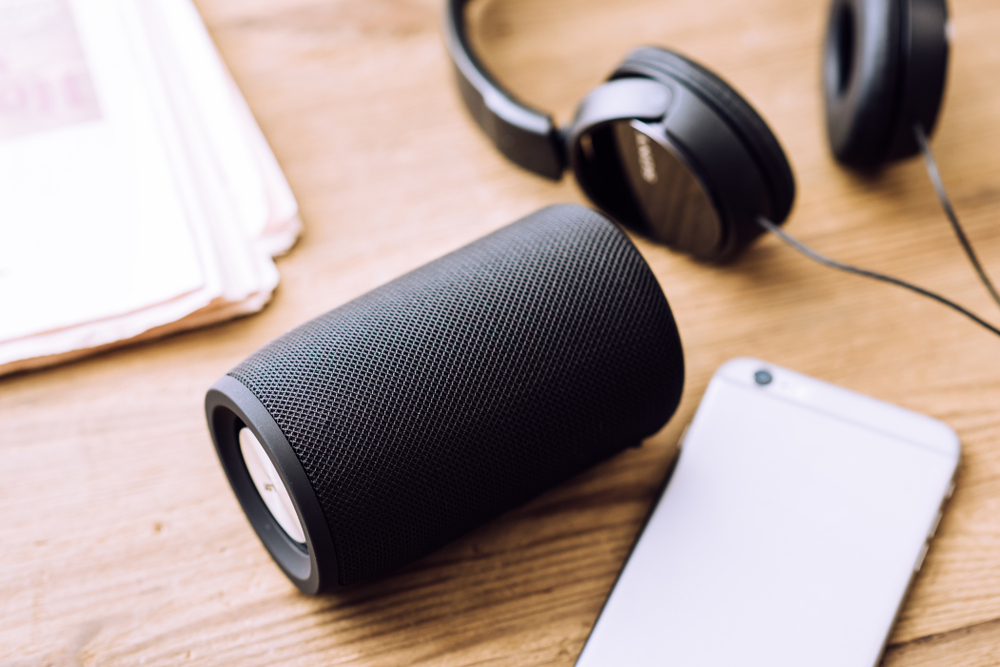
Telink Semiconductor recently obtained the Bluetooth® 5.3 certification issued by the Bluetooth SIG.
This certification includes the core technical specifications of all controller levels involved in Bluetooth® Low Energy Audio (LE Audio) and the latest features of Bluetooth LE 5.3. Telink has become one of the first Bluetooth chip manufacturers to fully support the certification of LE Audio Core Specifications. This certification supports two forms of Bluetooth components (QDID: 195513) and Bluetooth subsystems (QDID: 188501) for downstream customers, allowing them to complete Bluetooth certification on their terms.
Telink’s Bluetooth LE products and protocol stack currently provide the most comprehensive support for LE Audio and other Bluetooth low-power devices, bringing an unprecedented listening experience to end users.
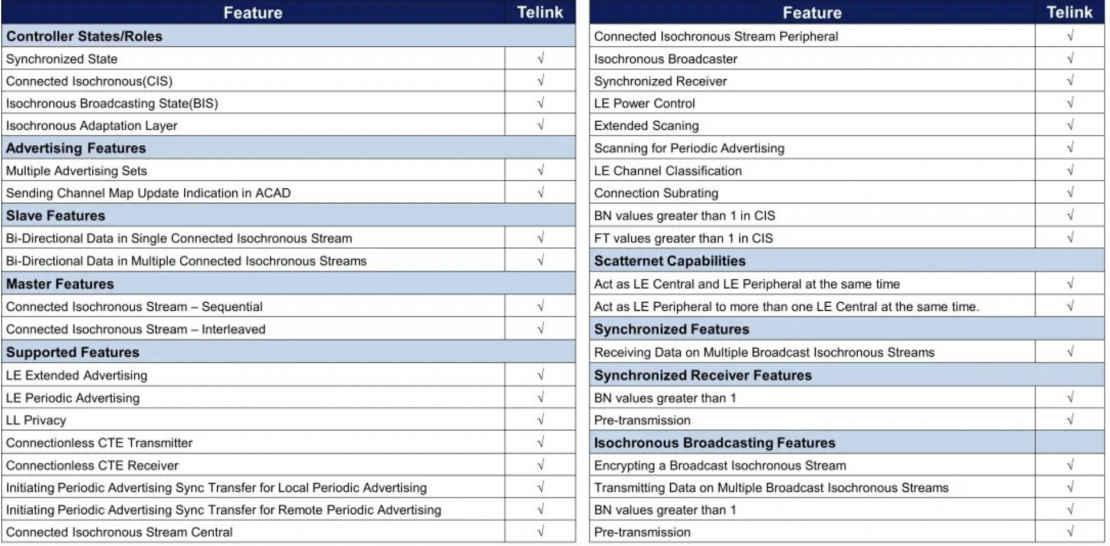
Below, we will discuss the main features of Bluetooth Core Specifications 5.2 and 5.3.
The Bluetooth 5.2 Core Specification introduces the concept of LE Audio, which is an important step for Bluetooth audio in terms of sound quality and functionality while providing some revolutionary new features that were previously unavailable.
LE Isochronous Channels: Allows low-latency audio data transmission to one or more devices and ensures time-synchronized processing. It can be connected via Connected Isochronous Stream or broadcasted via Broadcast Isochronous Stream to an unlimited number of devices.
This feature, which was primarily designed to support LE Audio, the next generation of Bluetooth audio, allows the communication of time-bound data to one or more devices for time-synchronized processing. It can be used over connections or be broadcast to an unlimited number of devices in a connectionless fashion.
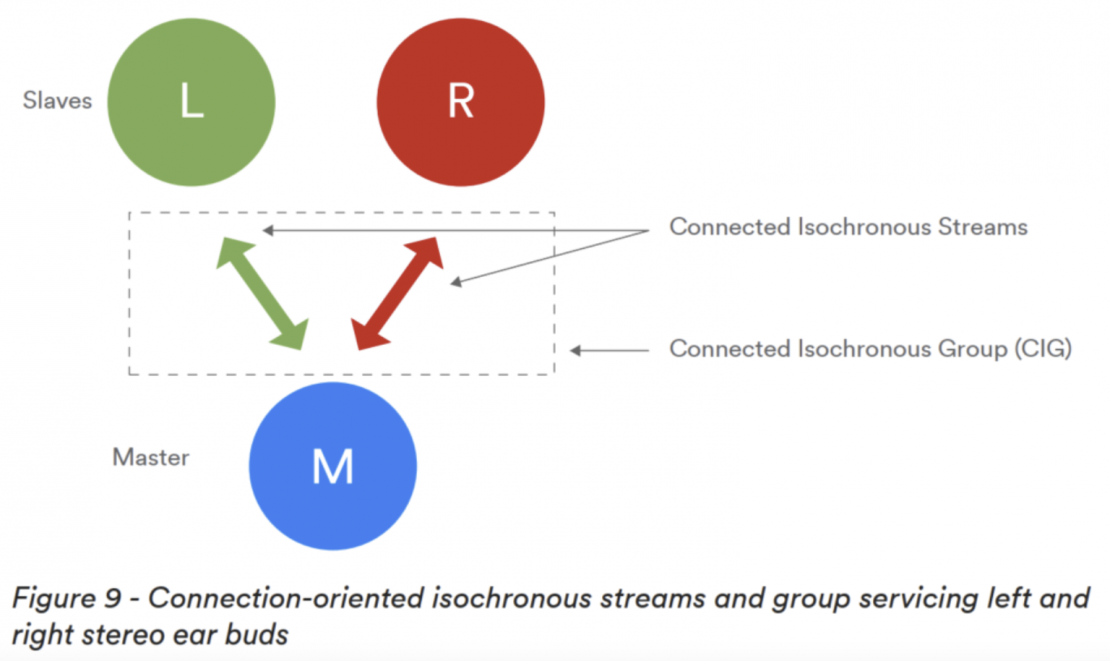
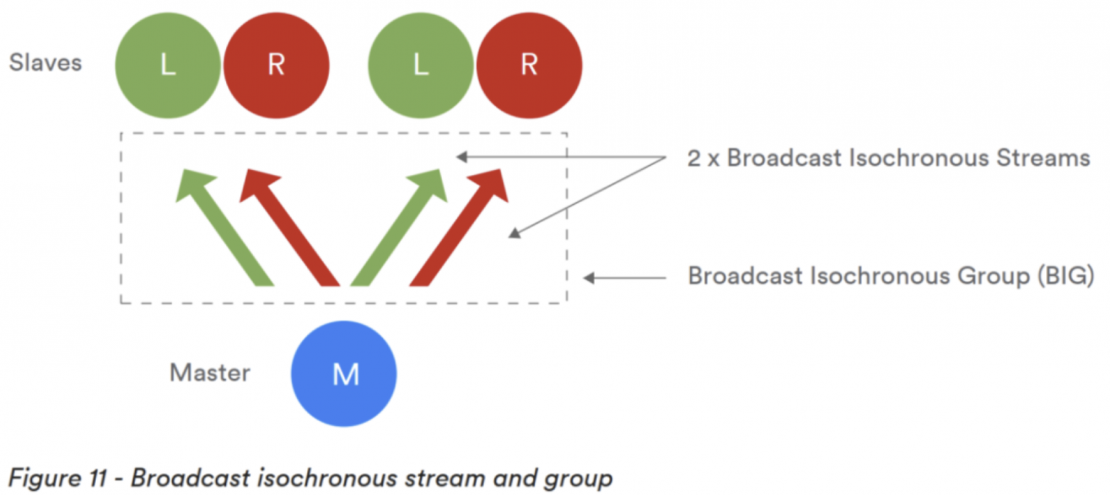
Isochronous Adaptation Layer (ISOAL): Used to synchronize the segmentation and reorganization of data, including upper layer data packets. The Isochronous Adaptation Layer (ISOAL) is a new layer in the Bluetooth stack which sits in the controller above the link layer. It provides flexibility in the way that lower layers of the stack and upper layers work together, allowing the size of isochronous data packets as created and consumed by upper stack layers to be different than the size used by the CIS or BIS logical transport in the link layer.
This is accomplished through a segmentation and reassembly service being applied to SDUs to/from the upper layer and fragmentation and recombination being applied to SDUs to/from the link layer.
ISOAL also allows the upper layer to use timing intervals that differ from those used by the link layer, so that the rate of SDUs exchanged with the upper layers is not the same as the rate at which they are exchanged with the link layer.
LE Power Control (PCL): LE Power Control keeps the receiver operating at optimal transmission power and power consumption. The ability to exercise dynamic management of transmit power levels allows the optimization of the use of electrical power, especially when the range between devices often varies during normal use.
The BLE 5.3 Core Specification improves the periodic broadcast, connection update, and channel classification in Bluetooth LE. The improvement further enhances the communication efficiency of Bluetooth LE, power consumption, and wireless coexistence of Bluetooth devices.
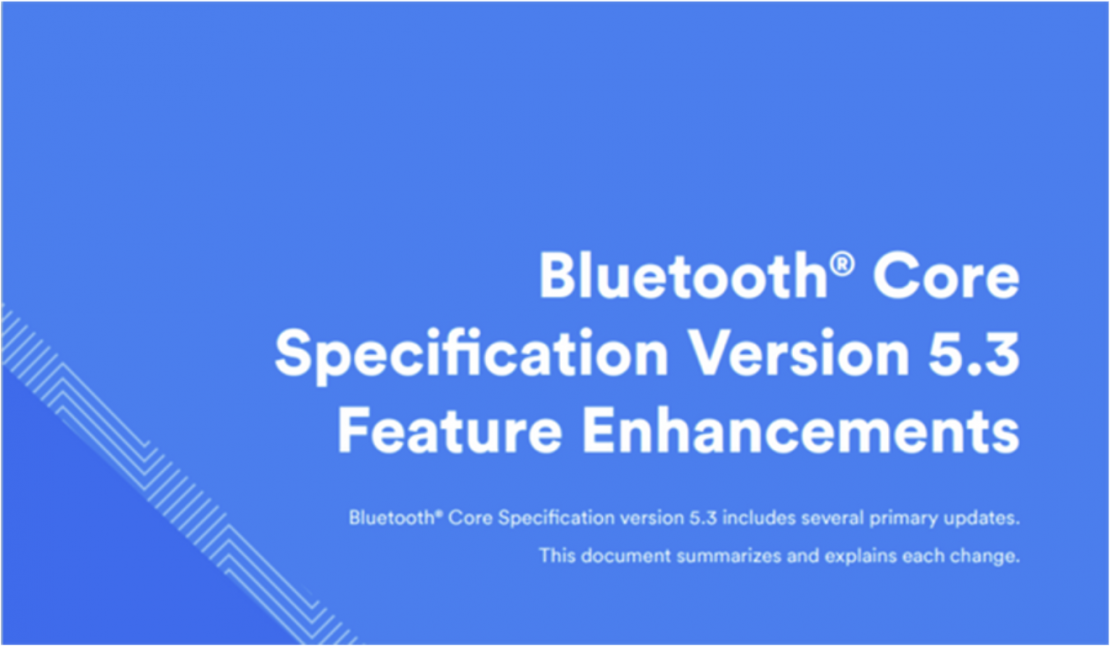
Connection Subrating: With the sub-rate connection mode, Bluetooth devices can quickly reduce their duty cycles to save power and restore normal connection rates to improve data throughput.


Channel Classification: The LE channel differentiation function reduces interference between Bluetooth devices and other wireless devices, thereby improving the coexistence of wireless communication. Before Core Specification version 5.3, Bluetooth LE channel classification was performed only by the central device. However, if a certain distance separates two connected devices, the radio conditions of one device may differ from those of the other. When channel classification is performed only by the central device, the selected channels may contain channels that interfere strongly with peripheral devices. Such interference is not ideal for remote peripheral devices, as it can lead to packet collisions and a reduction in throughput and reliability. However, the new channel classification feature solves these problems effectively.
Periodic broadcast packets can now include an AdvDataInfo (ADI) field that will indicate whether the payload data has been changed in any periodic broadcast, making redundant data processing more efficient and more conducive to low-power designs.
By combining the new ISO channel function and LC3 audio codec, Bluetooth LE Audio achieves high-quality audio transmission with lower power consumption and higher bandwidth utilization, which is a significant improvement over traditional Bluetooth Classic audio.
Supported by Bluetooth 5.2 and 5.3 Core Specifications, Bluetooth LE Audio brings more new opportunities to audio device manufacturers. Telink’s latest TLSR9 series SoC supports both Bluetooth LE Audio and Bluetooth Classic, allowing audio devices to seamlessly transition from Bluetooth Classic technology to low-power audio while taking into account the market compatibility and technological leadership of products.
In addition, Telink also offers a variety of innovative ultra-low latency wireless audio solutions. Interested partners are welcome to contact Telink for more information.